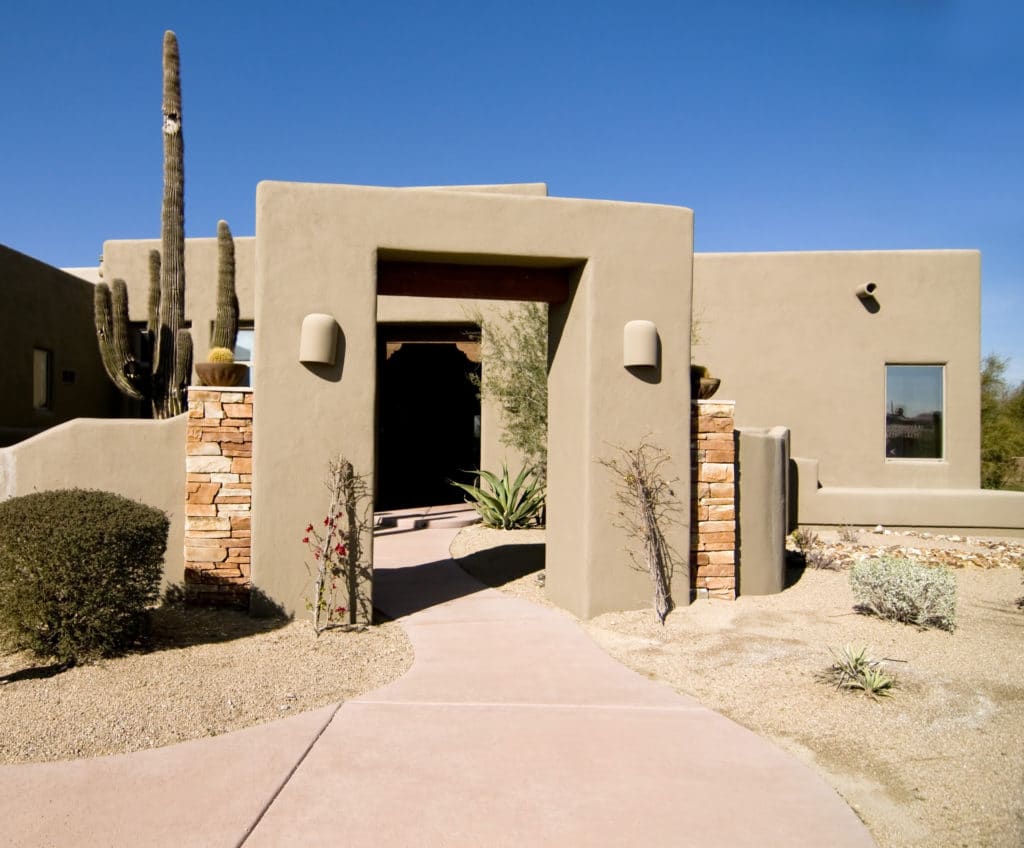Selecting the right homeowners insurance coverage is an important decision. Choosing the perfect policy with the ideal limits and coverage for your unique situation requires careful research. When disaster strikes, you’ll be glad you made a small investment of time up-front to acquire the best coverage for your home.
Not all homeowners insurance is the same. Different policies provide different coverage. Depending on the value of your home, its location, your contents and your particular risks, you may need a policy with greater or less coverage than the average policy.
This post will take a look at the risks covered by a typical homeowners insurance policy, and identify some important considerations when choosing the right policy for your home.
The Basics of Homeowners Insurance
Homeowners insurance can generally be broken down into four categories of coverage:
- Dwelling Coverage
- Coverage for Other Structures
- Personal Property Coverage
- Loss of Use Coverage
- Personal Liability Coverage
Let’s look at these individually to gain an understanding of what the typical homeowners insurance policy would cover in each of these categories.
Dwelling Coverage
Dwelling coverage is the primary type of coverage provided with a homeowners insurance policy. It covers damage to your home caused by unanticipated events such as a fire, water damage from a burst pipe, severe weather, falling limbs or even losses due to theft.
It’s important to understand, however, that dwelling coverage does not cover damage caused by mechanical neglect, floods or water damage from outside the home such as sewer backups. Because of this, it’s important to research the limits of your dwelling coverage and your options for supplementing this coverage if needed.
Coverage for Other Structures
Detached structures, such as a detached garage, fencing, a shed, carport, barn, etc…, may require additional coverage. In fact, some policies do not cover detached structures and an unaware homeowner can be left without coverage when they need it most.
Of course, your Olson Insurance representative will go to great lengths to ensure you understand your coverage limits and work with you to ensure you have all of the coverage you want and need, including coverage for your detached structures.
If you have a detached structure, you will want to discuss your situation with one of our agents to ensure you’re covered.
Personal Property Coverage
Personal property refers to your belongings, including furnishings, clothing, electronic items such as your mobile phone or computer equipment, exercise equipment and so forth. It essentially refers to all of those things you own that aren’t part of your physical home.
This type of coverage is available as an added coverage with your homeowners insurance and often is referred to “renters insurance,” even though you may not be a renter. It comes in handy if your property is damaged, lost or stolen. It even covers your property when you’re not at home, such as while traveling.
Loss of Use Coverage
Loss of use coverage is your best friend if you suffer so much damage to your home that you must vacate it for repairs or rebuilding. This type of additional coverage will cover the costs of temporary rent and moving costs if your home is damaged by a covered loss that requires you to move for needed rebuilding.
In some cases, loss of use coverage also can compensate you for additional and extraordinary expenses you incur if covered damage requires you to relocate temporarily.
Personal Liability Coverage
Personal liability coverage is another coverage addition you may want to seriously consider, particularly if you have a high net worth, entertain frequently or simply invite other people onto your property or inside your home.
The ugly truth is that if someone on your property becomes injured, you may be subject to a legal claim. Personal liability coverage provides coverage for these types of claims. It’s important to know the limits of this coverage.
A typical homeowners insurance policy might include up to $100,000 per occurrence. Depending on your particular situation, you may want to increase your coverage.
Covered Risks
Now that we understand the types of typical homeowners insurance you might have or want to have, let’s look at the typical risks the policy covers. You might be surprised at just how many possible risks threaten your home.
- Fire such as from candles, cigarettes, kitchen accidents, lightning strikes, fireplace malfunction, laundry/dryer malfunction, or unknown electrical problems
- Water damage from a burst pipe, air conditioning leak, sudden roof damage or broken window
- Storm damage from falling limbs, high winds or heavy rains
- Theft or vandalism
- Accidents such as damage caused by dropping something very heavy and damaging the physical structure, or other accidents on your property
- Injuries to visitors, including medical and legal expenses that may arise from any claims injured visitors might make against you
Are You Covered?
Our team encourages all of our policyholders to conduct an annual review of their property value, risks and coverage to ensure that in the unfortunate event of accidents or other damage, they are properly covered and protected.
Do you know if your homeowners insurance policy adequately covers your valuable property? Does it fully protect you from lawsuits or claims from visitors who may become injured on your property?
You need to know and it’s our job to help you find out. Contact us today to schedule a complimentary coverage evaluation. If you’re adequately covered, we’ll let you know. If you’re not, we’ll talk with you about ideal solutions for your specific needs. Together, we can ensure you, your loved ones and your property are adequately covered with the right homeowners insurance policy.

